What Happened Today, May 12th
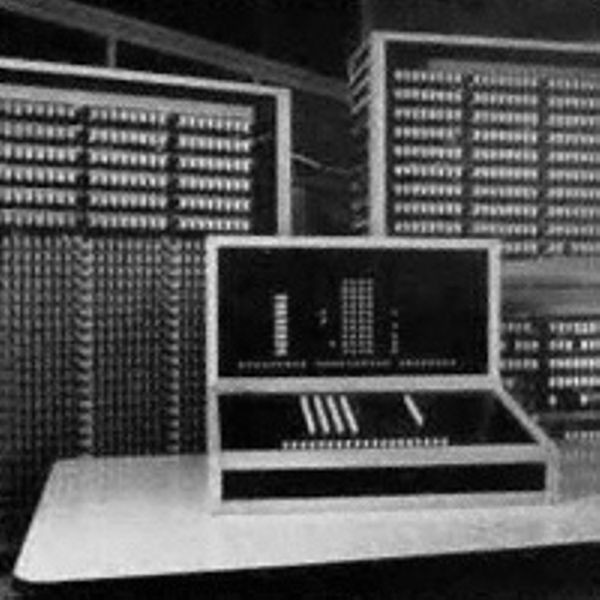
Konrad Zuse completes his Z3 computer, the first program-controlled electromechanical digital computer. It followed in the footsteps of the Z1 - the world’s first binary digital computer - which Zuse had developed in 1938. Much of Zuse’s work was destroyed in World War II, although the Z4, the most sophisticated of his creations, survives.
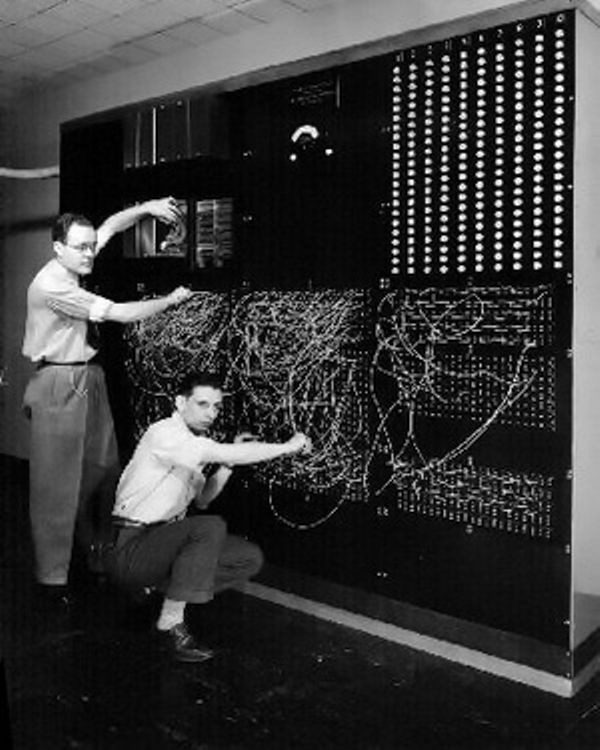
The first appropriation was made to the construction of the Harvard Mark I, eventually completed in 1944. The Mark I was the first successful fully automatic machine and computed three additions or subtractions a second; its memory stored 72 numbers of 23 digits (plus sign).
What Happened This Week

Konrad Zuse completes his Z3 computer, the first program-controlled electromechanical digital computer. It followed in the footsteps of the Z1 - the world’s first binary digital computer - which Zuse had developed in 1938. Much of Zuse’s work was destroyed in World War II, although the Z4, the most sophisticated of his creations, survives.

The first appropriation was made to the construction of the Harvard Mark I, eventually completed in 1944. The Mark I was the first successful fully automatic machine and computed three additions or subtractions a second; its memory stored 72 numbers of 23 digits (plus sign).
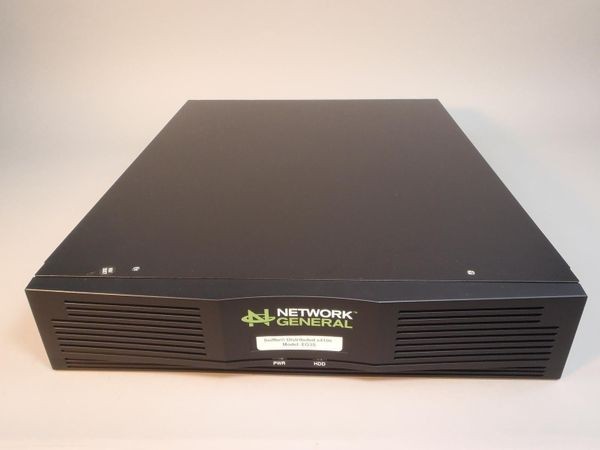
Len Shustek and Harry Saal found Network General Corp., which was a major provider of management solutions for computer networks until its merger with McAfee Associates in 1997 to form Network Associates. Headquartered in Menlo Park, California, the company's first product was "The Sniffer," a diagnostic tool for analyzing communications protocol problems in Local Area Networks.
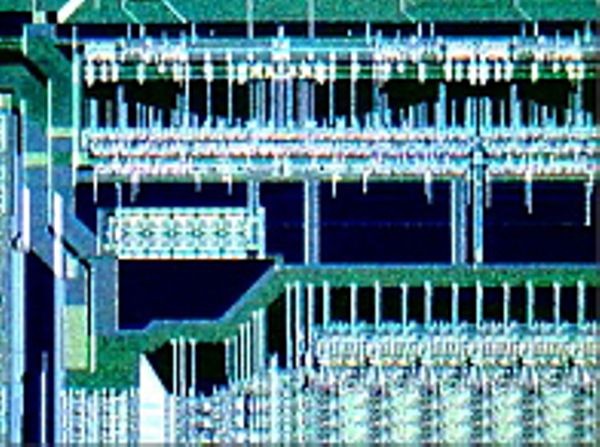
Texas Instruments announced it would begin selling an advanced microprocessor to compete with Intel's 486 chip. Also called the 486, the chip was designed by the Texas company Cyrix Corp. Texas Instruments' move was not successful in weakening Intel's dominance of the microprocessor industry.

After a malicious cyber attack compromises Sony Computer Entertainment's data center in San Diego, California, the PlayStation Network is shut down on April 20. The ensuing investigation revealed a number of security flaws, and in tandem with outside security firms, Sony implemented a number of upgrades to deter and mitigate future attacks to its network and its customers’ personal information. The Americas, Oceania, Europe and the Middle East were the first regions to regain access to the PlayStation Network, and among other measures, customers were required to reset their passwords upon initially signing in. As more and more personal information is posted online, whether for financial, social, or business transactions, the safekeeping and protection of this data has come to the forefront of Internet consumer concerns.
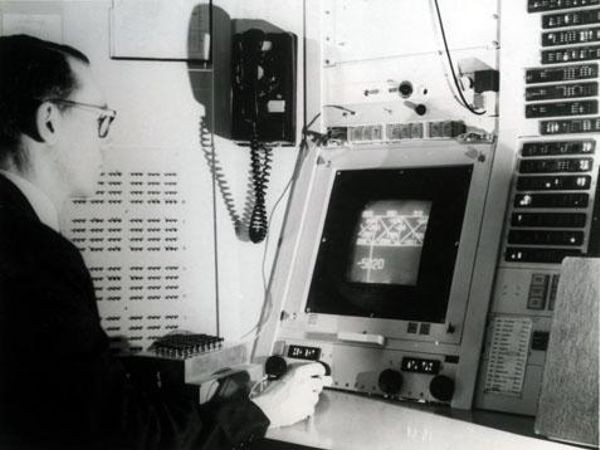
Ivan Sutherland was the inventor and developer of MIT’s Sketchpad, which launched the interactive computer graphics field. Sketchpad’s many innovations included a display file for screen refresh, a recursively traversed hierarchical structure for modeling graphical objects, recursive methods for geometric transformations, and an object-oriented programming style. In 1968 he co-founded Evans and Sutherland Computer Corporation and was vice president and chief scientist. He also served as chairman of the computer science department at Caltech from 1976 to 1980. In 1980, he left Caltech to establish consulting firm Sutherland, Sproull and Associates. He also founded Advanced Technology Ventures, a venture capital firm.

ENIAC (Electronic Numerical Integrator And Computer), an early all-electronic computing system, was developed and built by the US Army for its Ballistics Research Laboratory. It was the first system to use vacuum tubes rather than electromagnetic switches. Its purpose was to calculate ballistic firing tables. ENIAC was designed by J. Presper Eckert and John William Mauchly of the University of Pennsylvania. Constructed at that university’s Moore School of Electrical Engineering, when first commissioned, the computer was known as Project PX. It cost almost $500,000 at the time. Unveiled on February 14, 1946, it operated until November 9, 1946. It was then refurbished, given a memory upgrade, and transferred to the Aberdeen Proving Grounds, Maryland, in 1947. On July 29th it was turned on again and ran continuously until 1955.
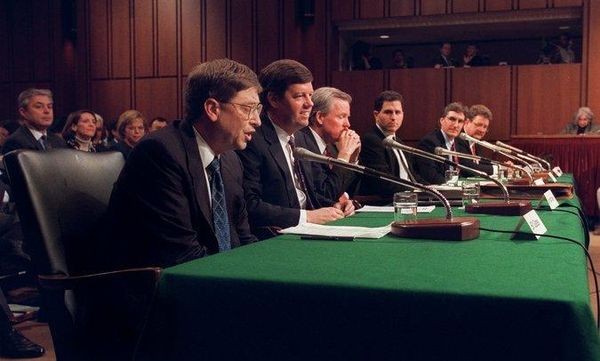
The US Department of Justice and twenty US states file a set of civil actions against Microsoft Corporation. The plaintiffs alleged that Microsoft abused monopoly power regarding operating system and Web browser sales. The central issue was whether it was monopolistic of Microsoft to bundle Internet Explorer software with its Windows operating system. This practice was alleged to have been responsible for Microsoft's victory in the “browser wars” because every Windows user had a pre-installed copy of Internet Explorer. It was further alleged that this unfairly restricted the market for competing web browsers (such as Netscape Navigator or Opera), which were slow to download over a modem or had to be purchased at a store. After a lengthy trial and amidst appeals and drawn-out legal wrangling, Microsoft ultimately avoided a breakup of its operating system and other divisions, but was subject to a consent decree that disallowed some anti-competitive business practices. Many rivals felt the agreement let Microsoft off too easily.
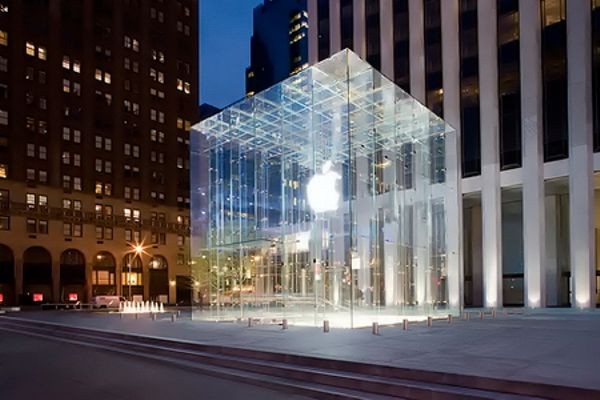
Apple Computer opened its second retail store in New York City. The 20,000-square foot store is situated in the underground concourse of the General Motors building at 767 Fifth Avenue. New Yorkers stood in line for hours in order to be among the first to enter. Open 24-hours a day, the shop is visible at street level through a 32-foot glass cube. It cost $9 million and was designed by Apple’s CEO Steve Jobs.


